

Max Davies
2026 GWM Cannon Ultra review
6 Days Ago
The eK X EV shapes as an affordable, left-of-field alternative to the expensive electric cars currently on sale in Australia.
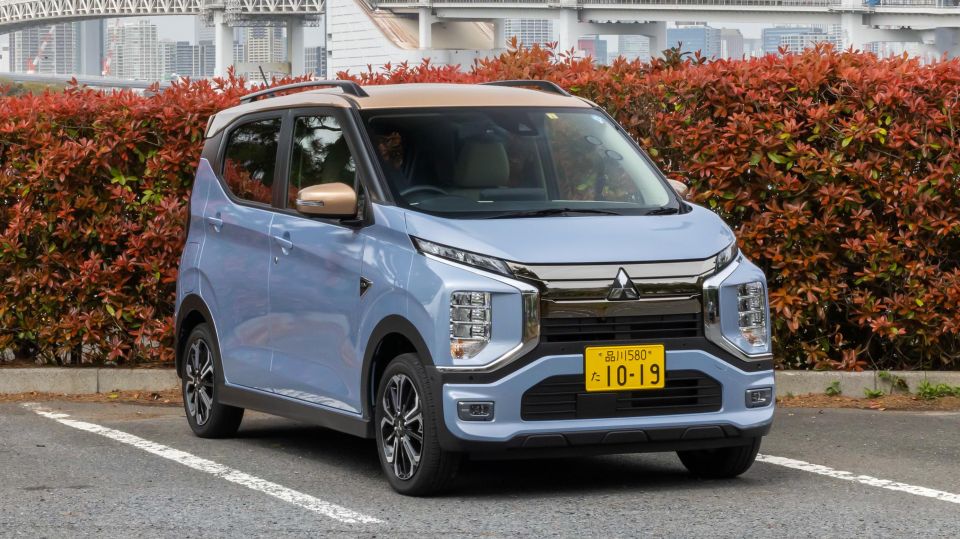
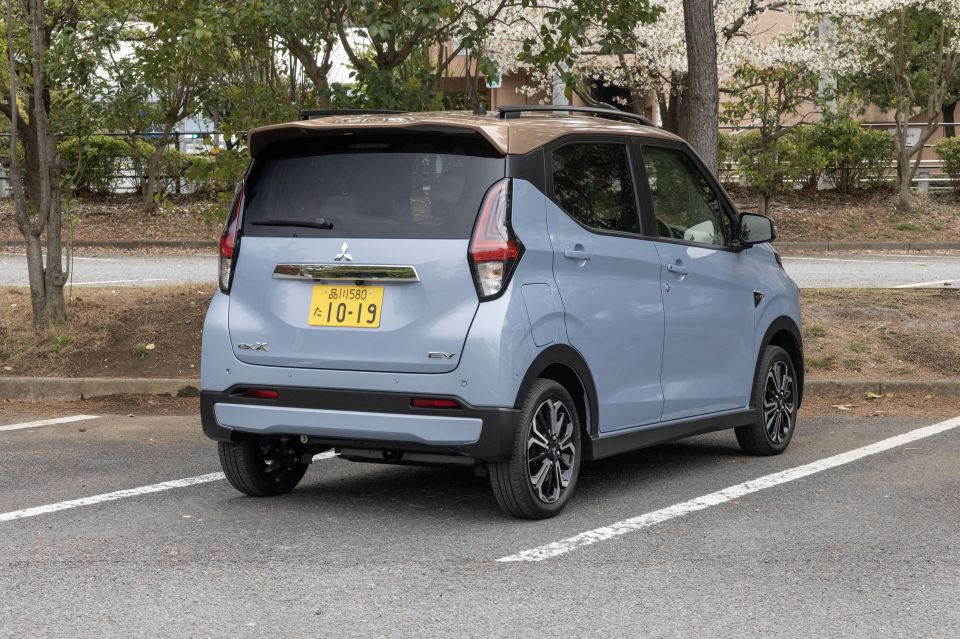

Contributor

Contributor


Contributor

Contributor
Where expert car reviews meet expert car buying – CarExpert gives you trusted advice, personalised service and real savings on your next new car.
Are we about to witness the second coming of the Mitsubishi i-MiEV?

Debuted in 2009, the little space pod was an electric pioneer in Australia. It was the first OEM electric car to be sold Down Under, beating the Nissan Leaf to the punch.
With a short range, small cabin, and quirky design, it didn’t take the market by storm – between the initial batch of fleet cars, and subsequent batches for the private market, Mitsubishi sold just over 250 locally.
Feedback about the cost and short range from those initial i-MiEV customers played a role in shaping Mitsubishi’s current focus on plug-in hybrids, but it hasn’t deterred Mitsubishi brand from developing small electric cars for its home market.
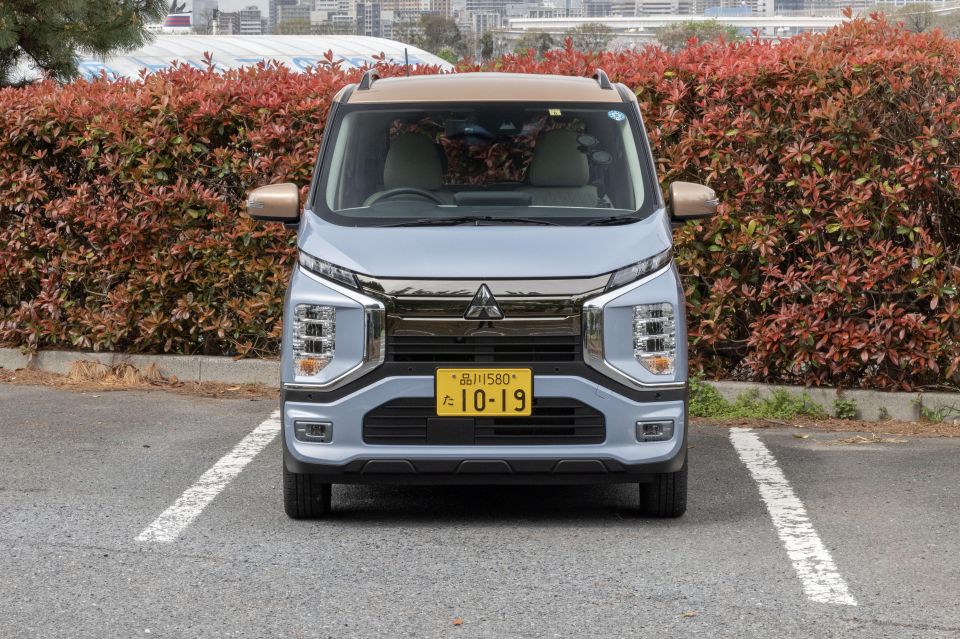
As for Australia? Mitsubishi hasn’t confirmed the eK X for our market, and isn’t likely to any time soon. It’s not certified, and wouldn’t be a five-star car.
But it’s interested in ways to get affordable electric vehicles to Australia in the future, one of which could be bringing small, fit-for-purpose cars like the eK to local showrooms for urban buyers.
Is there a place for this tiny EV on Australian roads?
The eK X EV kicks off at around the $30,000 mark in Japan, and extends to around $35,000 before on-road costs.
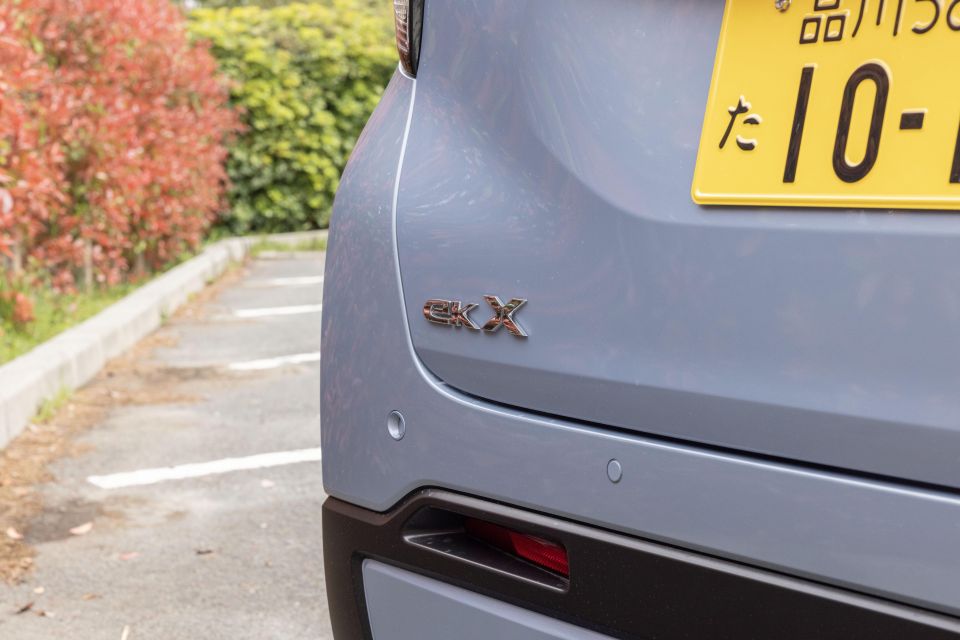
There are no rivals for the car Down Under we can reference, although the BYD Dolphin EV on track to touch down locally later in 2023 is expected to scrape in below $40,000 before on-roads.
The GWM Ora will be the most affordable EV in Australia when it touches down in the coming months, with drive-away pricing starting from $44,410 depending on which state you’re in.
It’s a larger car than the eK X, and launches with a five-star ANCAP safety rating – something unlikely for the eK, were it to come Down Under.
Buy your new car without the stress. It's fast, simple and completely free.

Great service from Travis and team, second time I have used this business would not hesitate to recommend them to anyone
Craig C.
Purchased a Ford Ranger in Sunshine Coast, QLD
CarExpert helped Craig save $7,224 on his Ford Ranger, now let us save you on your next new car.
Get your BEST priceAt 3395mm long and 1475mm wide, the eK would comfortably be the smallest car on sale in Australia. It’s 200mm shorter nose-to-tail than a Kia Picanto and 120mm narrower, but you wouldn’t really know it inside.
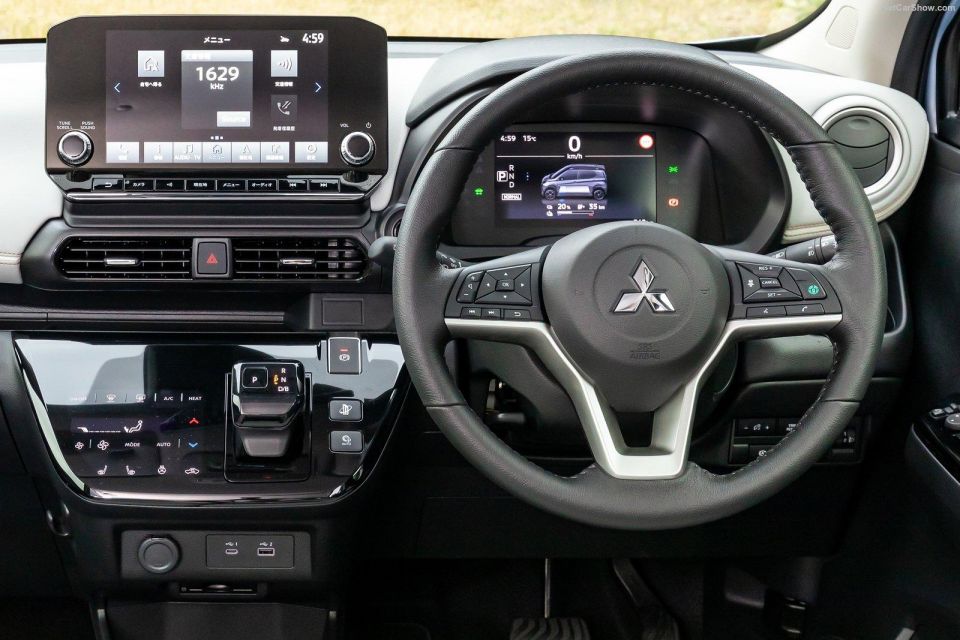
Up front, the driver and passenger sit on a generously padded bench separated by a fold-down padded armrest (how Range Rover). The driving position is accomodating enough given the size, although the lack of steering wheel reach adjustment does make it hard for long-legged folks to really dial in the right driving position.
The view out the tall windscreen and upright windows is panoramic, while the simple dash is home to an infotainment system lifted from the Outlander. There’s also a simple digital instrument cluster in front of the driver.
With cupholders on each side, a two-tiered glovebox, a cutout below the dashboard, and two USB ports, it’s not light on storage relative to its size.
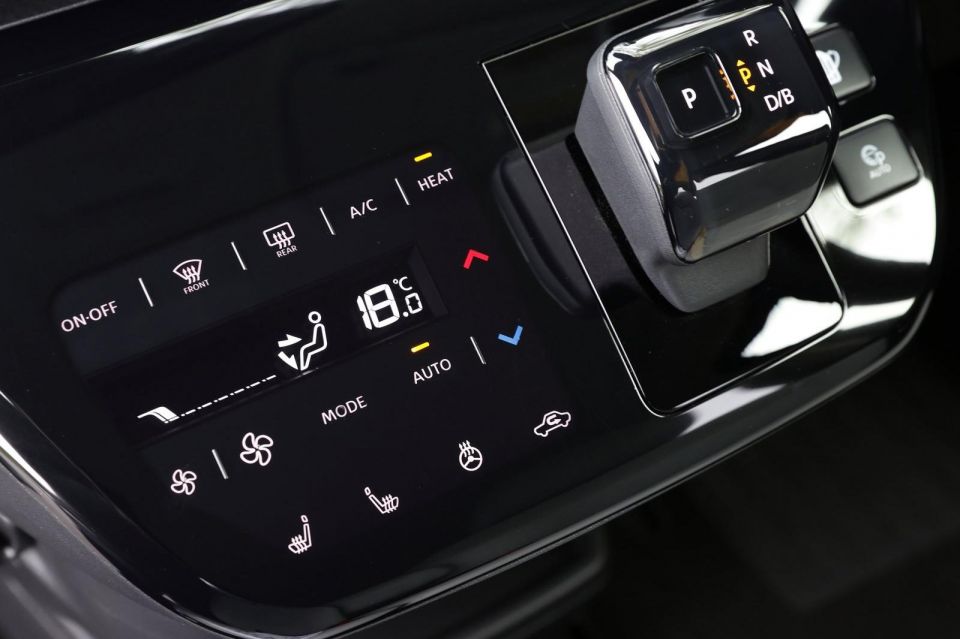
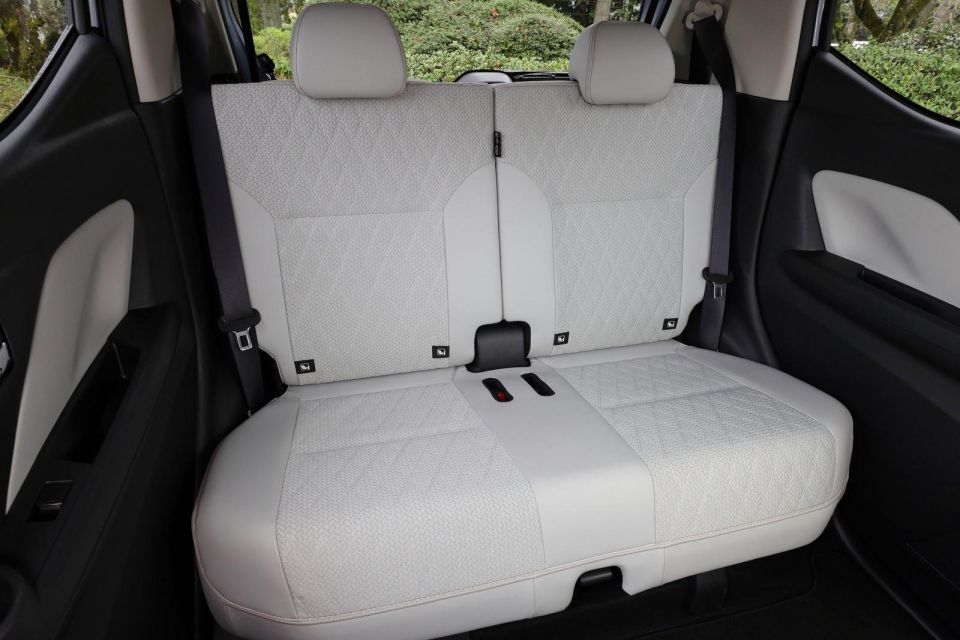
Where the eK really shines is in the rear. The two-seat bench slides and reclines, freeing up space for my two-metre frame behind my own driving position with acres of space to spare.
The upright roof means headroom is exceptional, and the doors themselves are big enough to make access easy.
It’s not big for its class or big for such a tiny car, it’s just big back there.
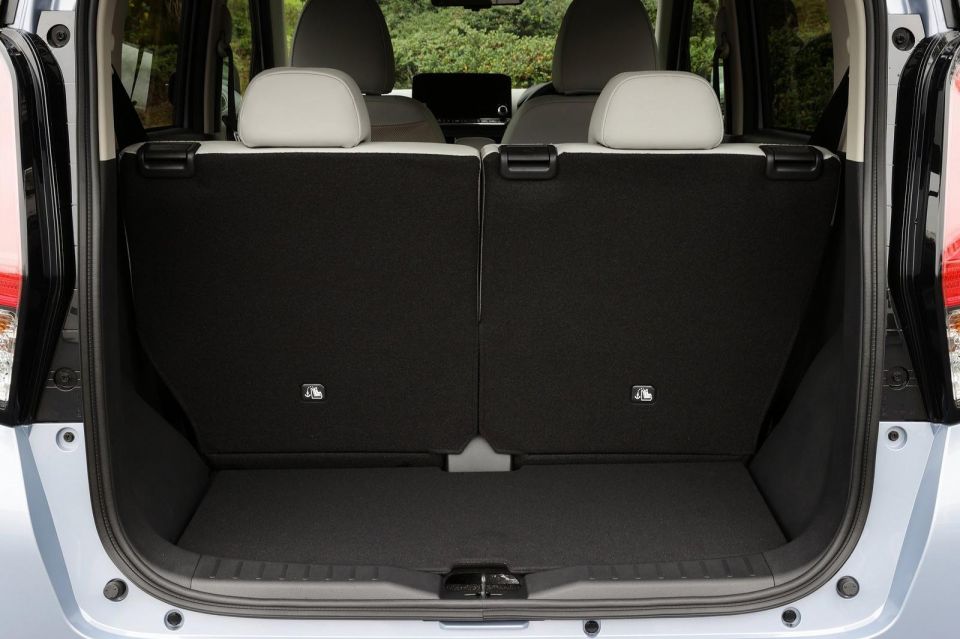

The trade-off is boot space. With the rear bench slid all the way back it has a similarly slim space to the famously tight Suzuki Jimny, good for a backpack or bag of shopping but not much more.
Sliding them forward frees up more room of course, and they can be folded flat as well.
For carrying people, it shapes as something of an overachiever. If you’re trying to carry people and luggage, the eK’s small exterior starts to tell.
Power in the eK X EV comes from a front-mounted electric motor making 47kW and 195Nm.
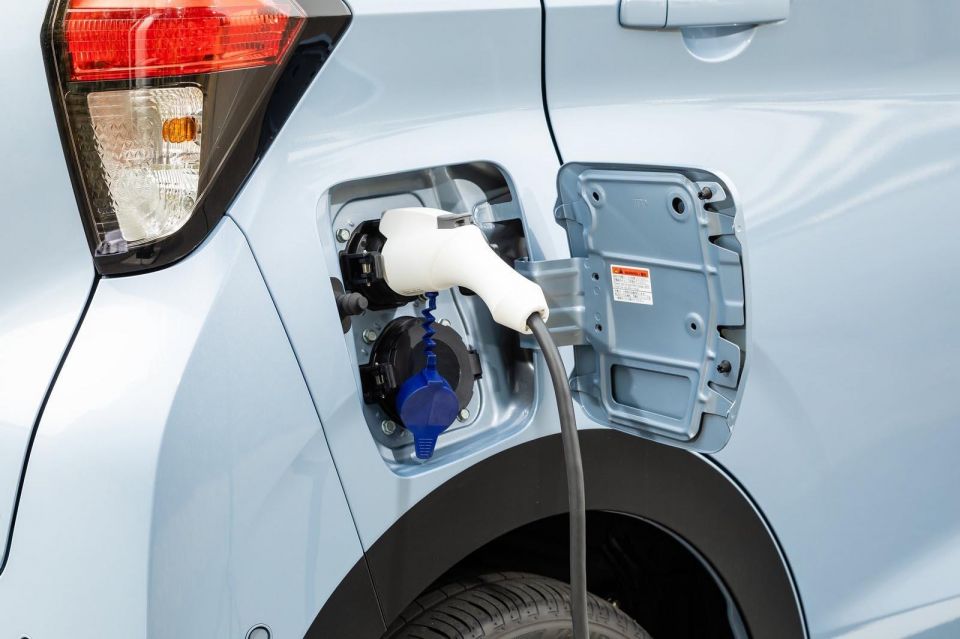

It’s mated with a 20kWh battery pack good for a claimed driving range of 180km on the WLTP test cycle.
There are two charge ports fitted, but neither is all that Australia-friendly. The first is a Type 1 plug for slow charging, the second is the CHAdeMO standard preferred in Japan.
If it were to hit Australia, the eK X EV would likely need a Type 2 plug fitted to play nice with existing infrastructure.
With a tiny footprint and punchy little motor, the eK X feels right at home in Tokyo traffic.
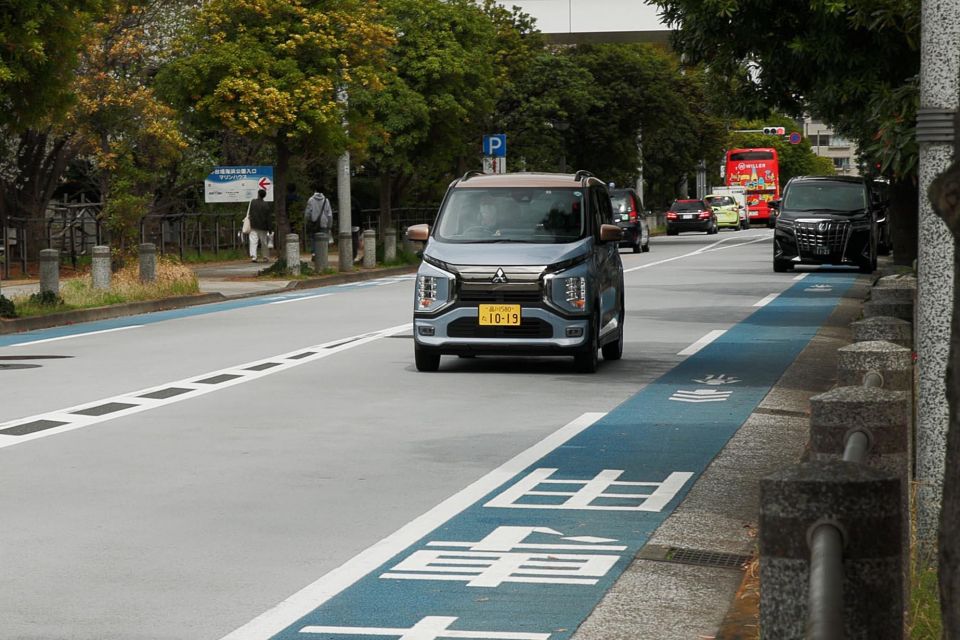
Our launch drive was a (very) short stint, with a top speed of about 70km/h and precious little time to get to know how it rides and handles. But we did get a sense for what it does well, and what it doesn’t.
Don’t be fooled by the tiny power output; the torque on offer means this little nugget feels punchy off the mark, and doesn’t get breathless like a small-capacity engine when you put your foot down.
As you’d expect, the eK features a regenerative braking system that allows for one-pedal driving… most of the time. In its most aggressive mode the system will pull the car up to around 15km/h, before tapering off and forcing you to use the brake pedal to come to a complete stop.
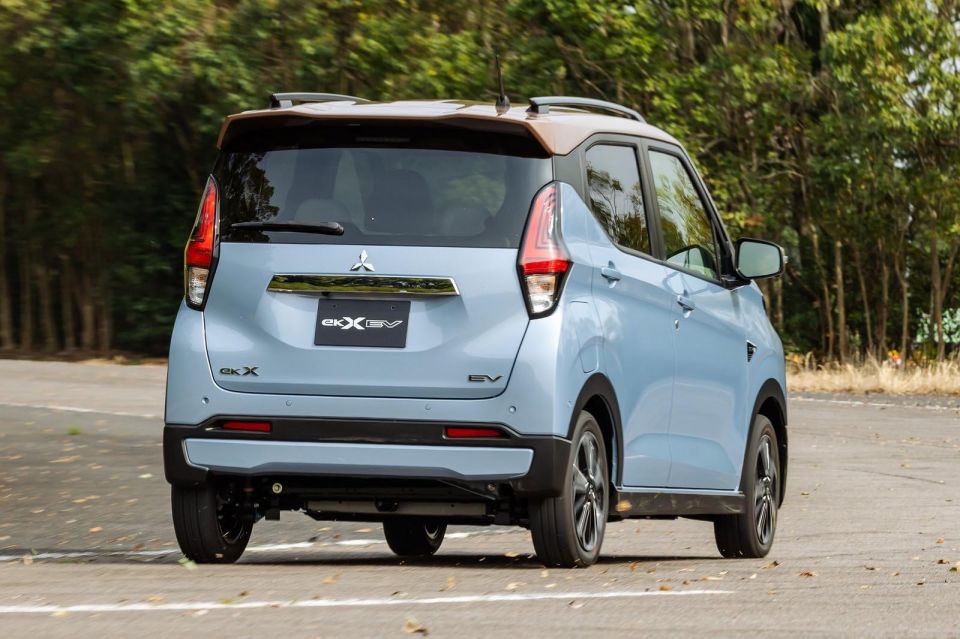
The steering is incredibly light, and requires a bit of arm twirling at low speeds. It’s a car clearly designed for life at low speeds, with a turning circle only slightly larger than that of a Fiat 500 and excellent all-around visibility from the upright windows.
With no engine to worry about, refinement is solid at low speeds. It does a good job dealing with expansion joints (Tokyo streets are well surfaced, and we didn’t drive all that far) but at 70km/h you’re aware of the fact it’s a tall, skinny box riding on 15-inch wheels wrapped in 165/55 eco tyres.
You also get a bit of wind noise from the upright pillars as the speed rises.
It’s clear Mitsubishi has tuned the car for comfort, which makes us wonder how it’d handle the higher speeds and wider lanes outside of Australia’s cities.
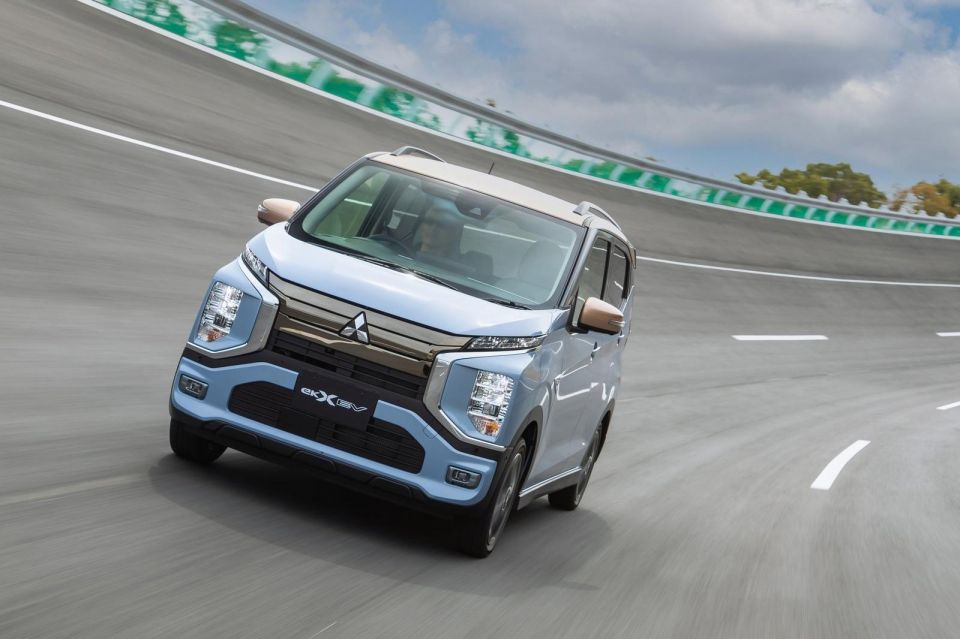
Mitsubishi Australia has floated the idea of vehicles such as the eK X EV fitting into a new vehicle class Down Under, potentially with a speed limiter or restrictions on the conditions in which it could be driven. How it’d be enforced isn’t clear, but it does feel like it’d be necessary.
For all its strengths, the idea of this little box rubbing shoulders with American pickups on the open road makes me feel a bit squeamish.
In Japan, the following kit is standard on the entry-level P model:
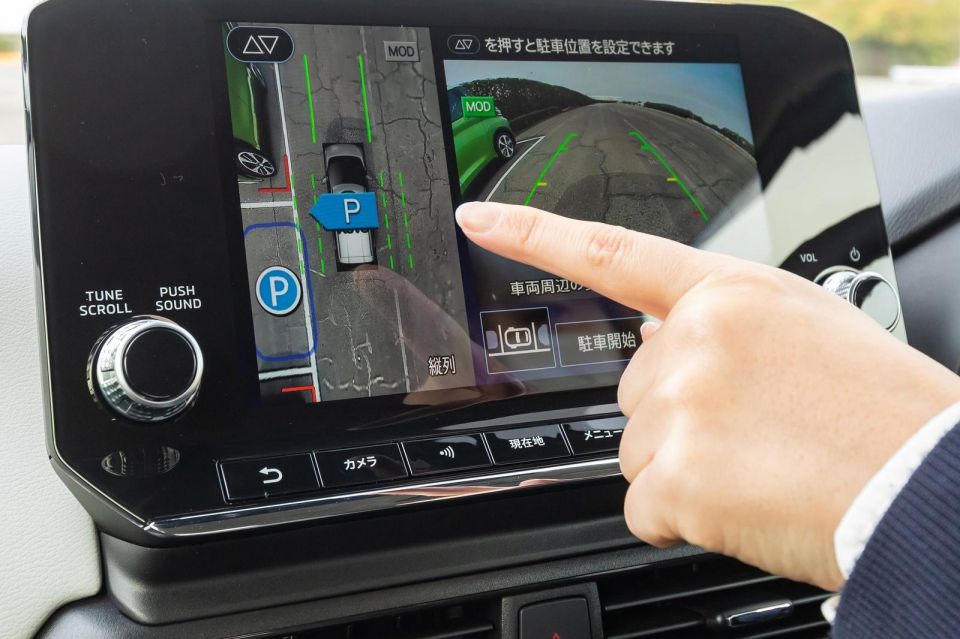
Opting for the G adds:
Standard safety kit in its home market includes low-speed autonomous emergency braking with both pedestrian and cyclist detection, lane departure warning, front and rear parking sensors, and seven airbags.

It misses out on kit such as blind-spot monitoring, rear cross-traffic alert, and lane-keeping assist that are becoming common in rival affordable electric cars, however.
There’s also the issue of how it’d perform in a local crash test. The eK X EV has a five-star rating from Japanese NCAP, but the lack of a central airbag and its narrow body mean it wouldn’t earn the same in Australia or Europe against the latest criteria.
In Australia, the eK X EV would be backed by the same five-year, unlimited-kilometre warranty as the broader Mitsubishi range.
Buy your new car without the stress. It's fast, simple and completely free.

Great service from Travis and team, second time I have used this business would not hesitate to recommend them to anyone
Craig C.
Purchased a Ford Ranger in Sunshine Coast, QLD
CarExpert helped Craig save $7,224 on his Ford Ranger, now let us save you on your next new car.
Get your BEST priceThe enthusiast in me wants to say the eK X would be a great fit for Australia, but that isn’t the case.
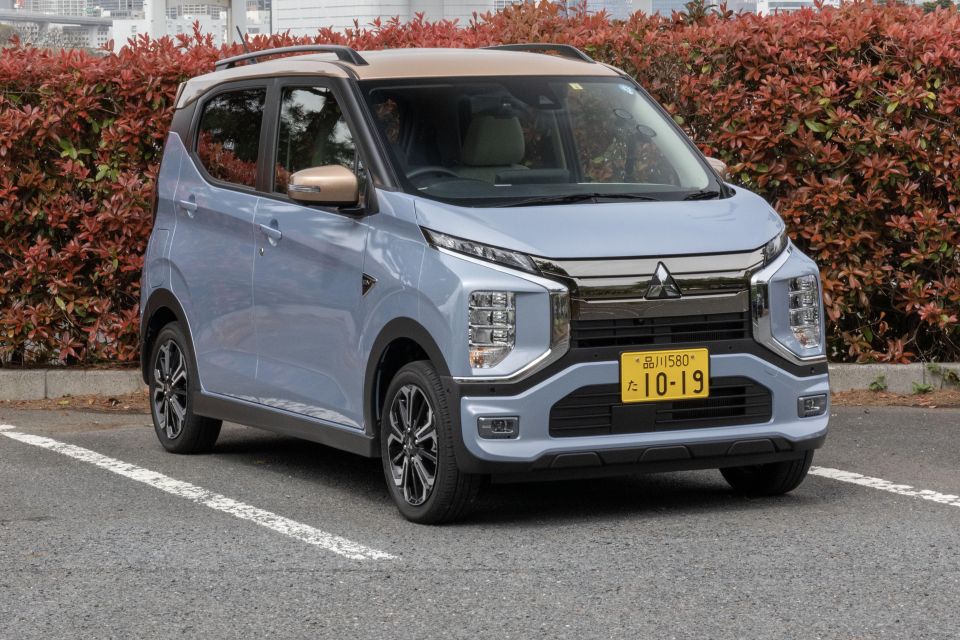
Where expert car reviews meet expert car buying – CarExpert gives you trusted advice, personalised service and real savings on your next new car.
With a five-star local safety rating unlikely, the eK X is unlikely to find favour with council or local government fleets searching for an affordable electric car to take care of office errands. And with its short range and very Japanese looks, it’s hard to see private buyers queueing up to lay down their hard earned.
There’s also the curly issue of price. The base model is cheap in Japan, but it also lacks even a basic head unit. The more generously specified model we drove has a sticker closer to $35,000 before on-roads, which has it knocking on the door of the price BYD is targeting for the larger, more grown up Dolphin hatchback.
Getting affordable cars to Australia is going to be key in realising the long-term vision for a predominately electric car parc that’s being hashed out in government at the moment.
But being affordable isn’t enough, they also need to be fit for purpose. At this stage, the eK X EV doesn’t tick that second box for Australia.

Click the images for the full gallery
Where expert car reviews meet expert car buying – CarExpert gives you trusted advice, personalised service and real savings on your next new car.
Scott Collie is an automotive journalist based in Melbourne, Australia. Scott studied journalism at RMIT University and, after a lifelong obsession with everything automotive, started covering the car industry shortly afterwards. He has a passion for travel, and is an avid Melbourne Demons supporter.


Max Davies
6 Days Ago


Josh Nevett
5 Days Ago


Max Davies
5 Days Ago


Max Davies
3 Days Ago


Neil Briscoe
2 Days Ago


Max Davies
1 Day Ago